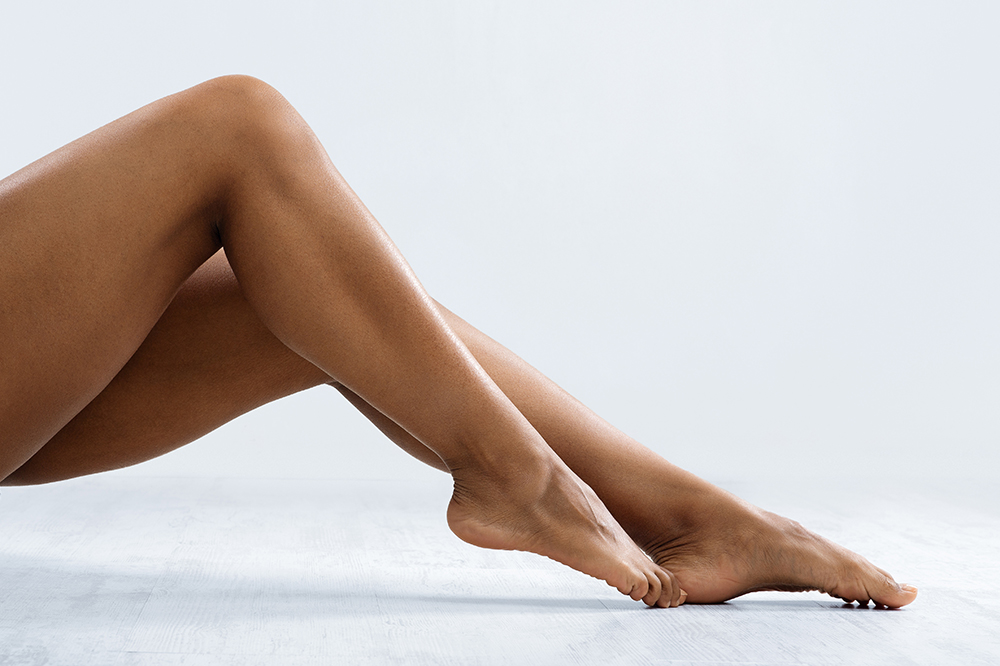Venous reflux is the abnormal backing up of blood into the vein. Veins are blood vessels which bring blood back to the heart. In normal venous circulation, oxygen-depleted blood travels up the legs, back to lungs to become re-oxygenated, and then back to the heart. Venous blood is “pumped” primarily by the action of the calf muscles, pushed through the veins back up to the heart, against gravity.
To support the upward travel of blood back to the heart, veins have one-way valves with two flaps (cusps) which act as one-way doors. Valves open when venous blood is pushed towards the heart. If venous blood starts backing up, the valve cusps slam shut, preventing blood from backing up (reflux).
Healthy leg veins contain valves that open and close to assist in the return of blood back to the heart. In venous reflux disease, the valves that keep the blood flowing out of the legs and back to the heart do not close properly, allowing blood to flow in reverse and pool in the leg veins. This causes the superficial veins to swell and bulge resulting in unsightly varicose veins, leg swelling, pain and fatigue. Without treatment, venous reflux disease can also lead to skin pigment changes in the legs as well as ulcerations that are slow to heal. Elevating the legs, wearing compression stockings, rest and pain medications can offer temporary relief of some symptoms of venous reflux disease, but do not fix the underlying problem. Although more common in older adults, varicose veins can also be seen in young people, and early treatment may prevent later complications.
The backing up of blood can cause a number of symptoms.
- Edema in the legs and ankles occur when veins become overly full with blood, causing fluid to leak, and legs and ankles to swell.
- Venous stasis ulcers are slow or non-healing wounds around the legs and ankles which form when blood pools in the veins. Overly full veins can create high pressure and cause breaks in the skin which are slow to heal due to compromised circulation.
- Varicose veins are created when veins become engorged with blood, producing thickened, twisted rope-like veins visible close to the surface of the skin. Varicose veins can be painful.
- Reticular veins are thin, red colored veins noticeable at the surface of the skin. Telangectasias, also known as spider veins, are thin, reddish, web-like veins noticeable on the surface of the skin. Both reticular veins and spider veins are rarely painful or problematic to the health. Patients are more often concerned with their cosmetic aspect.
- Pain is often accompanies the symptoms of venous reflux. Sometime legs can feel itchy or sore.
The cycle of venous reflux can be self-propagating, and proper diagnosis and treatment are essential to stopping the cycle.
At North Shore Vein Center, we offer personalized vein treatments in Long Island. Whether you are dealing with varicose veins, spider veins, or other vein concerns, our team will provide advanced care tailored to your needs. Contact us today to schedule your consultation.

